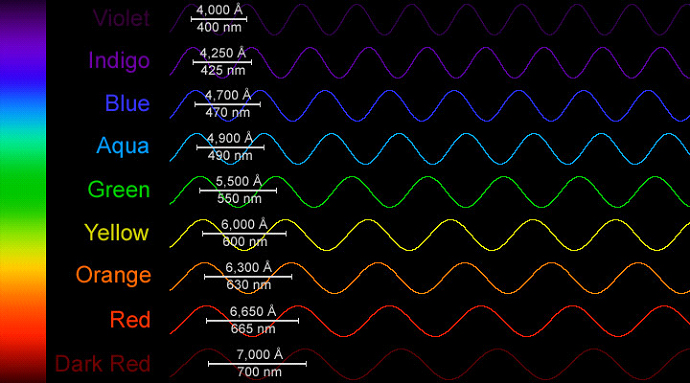Research
1. Effect of NASA light-emitting diode irradiation on wound healing.
Results: LED produced in vitro increases of cell growth of 140-200% in mouse-derived fibroblasts, rat-derived osteoblasts, and rat-derived skeletal muscle cells, and increases in growth of 155-171% of normal human epithelial cells. Wound size decreased up to 36% in conjunction with HBO in ischemic rat models. LED produced improvement of greater than 40% in musculoskeletal training injuries in Navy SEAL team members, and decreased wound healing time in crew members aboard a U.S. Naval submarine. LED produced a 47% reduction in pain of children suffering from oral mucositis.
Click Here For Original Article
2. Effects of low-power light therapy on wound healing: LASER x LED.
Abstract: Several studies demonstrate the benefits of low-power light therapy on wound healing. However, the use of LED as a therapeutic resource remains controversial. There are questions regarding the equality or not of biological effects promoted by LED and LASER. One objective of this review was to determine the biological effects that support the use of LED on wound healing. Another objective was to identify LED´s parameters for the treatment of wounds. The biological effects and parameters of LED will be compared to those of LASER. Literature was obtained from online databases such as Medline, PubMed, Science Direct and Scielo. The search was restricted to studies published in English and Portuguese from 1992 to 2012. Sixty-eight studies in vitro and in animals were analyzed. LED and LASER promote similar biological effects, such as decrease of inflammatory cells, increased fibroblast proliferation, stimulation of angiogenesis, granulation tissue formation and increased synthesis of collagen. The irradiation parameters are also similar between LED and LASER. The biological effects are dependent on irradiation parameters, mainly wavelength and dose. This review elucidates the importance of defining parameters for the use of light devices.
Click Here For Original Article
3. Light-emitting diode treatment reverses the effect of TTX on cytochrome oxidase in neurons.
Abstract: Light close to and in the near-infrared range has documented benefits for promoting wound healing in human and animals. However, mechanisms of its action on cells are poorly understood. We hypothesized that light treatment with a light-emitting diode array at 670 nm (LED) is therapeutic in stimulating cellular events involving increases in cytochrome oxidase activity. LED was administered to cultured primary neurons whose voltage-dependent sodium channels were blocked by tetrodotoxin. The down-regulation of cytochrome oxidase activity by TTX was reverted to control levels by LED. LED alone also up-regulated enzyme activity. Thus, the results are consistent with our hypothesis that LED has a stimulating effect on cytochrome oxidase in neurons, even when they have been functionally silenced by TTX.
Click Here For Original Article


